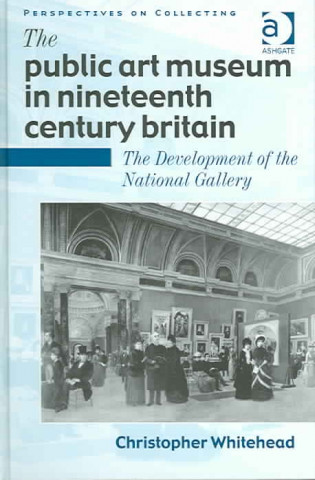
Kód: 04678866
Public Art Museum in Nineteenth Century Britain
Autor Christopher Whitehead
During the mid-nineteenth century a debate arose over the form and functions of the public art museum in Britain. Various occurrences caused new debates in Parliament and in the press about the purposes of the public museum which ... celý popis
- Jazyk:
 Angličtina
Angličtina - Väzba: Pevná
- Počet strán: 296
Nakladateľ: Taylor & Francis Ltd, 2005
- Viac informácií o knihe

Mohlo by sa vám tiež páčiť
-
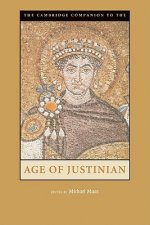
Cambridge Companion to the Age of Justinian
62.68 € -

Watching Out (Fran Varady 5)
12.57 € -13 % -

Haunted Scarborough
20.44 € -5 % -

80:20 Development in an Unequal World
9.81 € -59 % -
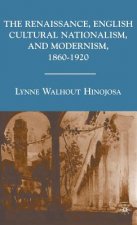
Renaissance, English Cultural Nationalism, and Modernism, 1860-1920
70.76 € -
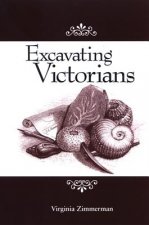
Excavating Victorians
132.01 € -

KJV Compact Reference Bible
28.73 € -2 %
Darujte túto knihu ešte dnes
- Objednajte knihu a vyberte Zaslať ako darček.
- Obratom obdržíte darovací poukaz na knihu, ktorý môžete ihneď odovzdať obdarovanému.
- Knihu zašleme na adresu obdarovaného, o nič sa nestaráte.
Viac informácií o knihe Public Art Museum in Nineteenth Century Britain
Nákupom získate 499 bodov
 Anotácia knihy
Anotácia knihy
During the mid-nineteenth century a debate arose over the form and functions of the public art museum in Britain. Various occurrences caused new debates in Parliament and in the press about the purposes of the public museum which checked the relative complacency with which London's national collections had hitherto been run. This book examines these debates and their influence on the development of professionalism within the museum, trends in collecting and tendencies in museum architecture and decoration. In so doing it accounts for the general development of the London museums between 1850 and 1880, with particular reference to the National Gallery. This involves analysis of art display and its relations with art historiography, alongside institutional and architectural developments at the British Museum, the South Kensington Museum and the National Gallery. It is argued that the underpinning factor in all of these developments was a reformulation of the public museum's mission, which was in turn related to the electoral reform movement. In a potential situation of mass enfranchisement, the 'masses' should be well educated; the museum was openly identified as a useful institution in this sense. This consideration also influenced approaches to collecting and arranging artworks and to configuring their architectural setting within the museum, allowing for displays to be instructive in specific ways. Dissatisfaction with the British Museum and National Gallery buildings and their locations led to proposals to move the national collections, possibly merging and redefining them. Again the socio-political usefulness of the museum was key in determining where the national collections should be housed and in what form of building. This rich debate is analysed with full references to the various forums in and out of Parliament. Part one covers these issues in a thematic structure, examining all of the national collections, their interrelationships and their gradual development of discrete (yet sometimes arbitrary) museological territories. Part two focuses on the individual case of the National Gallery, observing how museological debate was brought to bear on the development of a specific institution. Every architectural development and redisplay is closely analysed in order to gauge the extent to which the products of debate were carried through into practice, and to comprehend the reasons why no museological grand project emerged in London.
 Parametre knihy
Parametre knihy
Zaradenie knihy Knihy po anglicky Lifestyle, sport & leisure Travel & holiday Travel & holiday guides
201.65 €
- Celý názov: Public Art Museum in Nineteenth Century Britain
- Autor: Christopher Whitehead
- Jazyk:
 Angličtina
Angličtina - Väzba: Pevná
- Počet strán: 296
- EAN: 9780754632368
- ISBN: 0754632369
- ID: 04678866
- Nakladateľ: Taylor & Francis Ltd
- Hmotnosť: 575 g
- Rozmery: 234 × 156 mm
- Dátum vydania: 28. April 2005
Obľúbené z iného súdka
-

Europa 2024, Campingführer ACSI, 2 Teile
26.78 € -1 % -

Cyprus - South & North walking guide 50 walks
15.94 € -

West Sweden
12.26 € -2 % -

Europa 2024, CampingCard & Stellplatzführer ACSI, 2 Teile
29.65 € -1 % -

Cereal City Guide: New York
17.89 € -23 % -

Wild Guide Scandinavia (Norway, Sweden, Iceland and Denmark)
18.70 € -23 % -
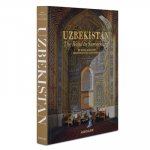
Uzbekistan
125.47 € -

Walking and Trekking in the Sierra Nevada
19.73 € -23 % -

Wildlife of Madeira and the Canary Islands
24.43 € -13 % -

Walking and Trekking in Iceland
19.73 € -23 % -

DK Eyewitness Czech and Slovak Republics
18.70 € -23 % -

Lonely Planet Pocket Delhi & Agra
9.60 € -23 % -

The Bucket List
28.01 € -22 % -

New York Times Explorer. 100 Trips Around the World
41.61 € -18 % -
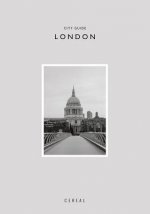
Cereal City Guide: London
17.89 € -30 % -

Deutschland 2024, Campingführer ACSI
21.98 € -1 % -

Azores walking guide 77 walks
23.20 € -4 % -

Cereal City Guide: Paris
17.89 € -23 % -

Harry Potter - A History of Magic
29.65 € -22 % -
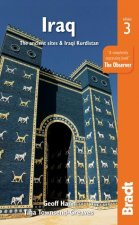
Iraq
20.85 € -23 % -

Family Travel Handbook
14.92 € -20 % -

The GR11 Trail
24.64 € -
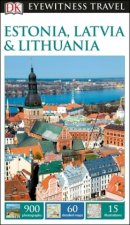
DK Eyewitness Estonia, Latvia and Lithuania
19.22 € -5 % -

DK Eyewitness Beijing and Shanghai
15.43 € -17 % -

Wallpaper* City Guide Tokyo
15.33 € -

Great Escapes: Italy. The Hotel Book
48.67 € -2 % -

Wild Guide Portugal
18.70 € -23 % -

DK Eyewitness Umbria
15.33 € -18 % -

Great Escapes Africa. The Hotel Book
44.17 € -11 % -
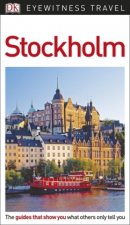
DK Eyewitness Stockholm
13.28 € -23 % -

Lonely Planet Sydney
15.53 € -23 % -

Lonely Planet Western Balkans
20.44 € -6 % -

Lonely Planet Epic Bike Rides of the World
29.85 € -17 % -

DK Eyewitness Istanbul
17.99 € -16 % -

World's Best Travel Experiences
38.85 € -5 % -

Mountains of Montenegro
18.70 € -23 % -

Onsen of Japan
19.83 € -23 % -

Hidden Scotland
20.75 € -14 % -
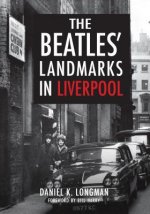
Beatles' Landmarks in Liverpool
17.68 € -23 % -
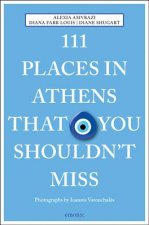
111 Places in Athens That You Shouldn't Miss
15.94 € -15 % -
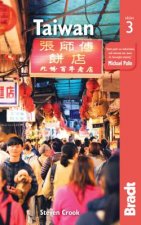
Taiwan Bradt Guide
23.51 € -17 % -
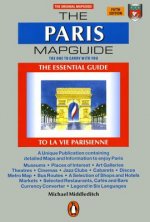
Paris Mapguide
10.73 € -20 % -
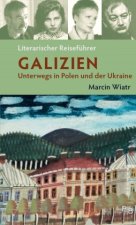
Literarischer Reiseführer Galizien
19.32 € -4 % -

Beauty of the Canadian Rockies
16.15 € -2 % -

High Mountains of Crete
18.70 € -23 % -

Four Seasons of Travel
38.85 € -5 % -

Rick Steves Paris 2017
15.64 € -25 % -
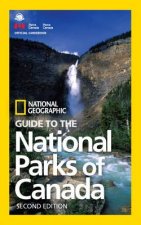
NG Guide to the National Parks of Canada, 2nd Edition
21.67 € -20 % -

111 Orte auf Usedom, die man gesehen haben muss
17.58 € -4 %
Osobný odber Bratislava a 2642 dalších
Copyright ©2008-24 najlacnejsie-knihy.sk Všetky práva vyhradenéSúkromieCookies



 21 miliónov titulov
21 miliónov titulov Vrátenie do mesiaca
Vrátenie do mesiaca 02/210 210 99 (8-15.30h)
02/210 210 99 (8-15.30h)